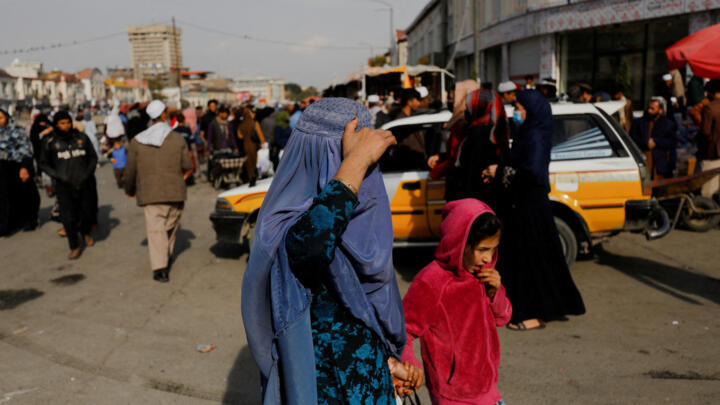The year 2023 has brought intense heatwaves. In a July 2023 briefing, the World Meteorological Association reported temperatures frequently surpassing 35–40°C across the Mediterranean region, with highs of 45°C in the Middle East and southeastern Türkiye, and 44–49°C in North Africa. Earlier in April–May 2023, record-breaking temperatures were observed across parts of Asia, including Thailand, Laos, and Myanmar.
The IPCC projects that 420 million people will soon face extreme heat and heatwaves. Each year, hundreds of thousands of preventable deaths are attributed to heat-related causes, while temperature extremes and wildfires wreak havoc on lives and livelihoods. The WMO highlights that ‘heatwaves are among the deadliest natural hazards’ and that extreme heat poses an escalating health risk.
This guidance for humanitarian responses to heatwaves starts with immediate actions organizations can implement and progresses to longer-term strategies for future preparedness. The lessons are drawn from Cross Roads Advisory’s 2021 report, ‘Adapting Humanitarian Action to the Effects of Climate Change.

